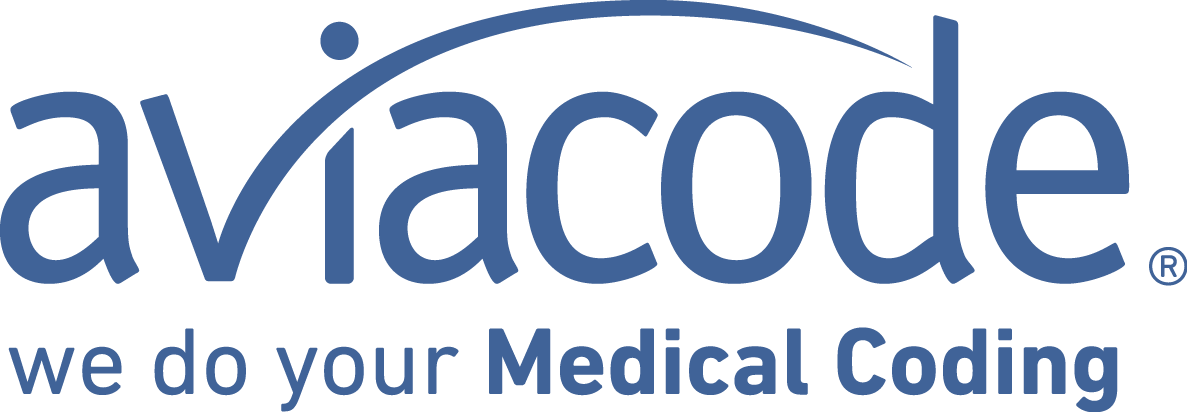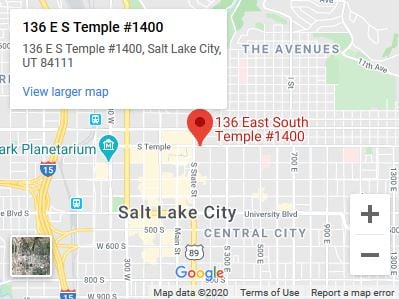By optimizing revenue healthcare, organizations can put themselves in a position to survive and thrive in the modern marketplace of shrinking margins, consumer engagement, and higher cost pressures. This is true whether you are affiliated with billing companies, hospitals, physician practices, or payers. One of the most important ways to optimize revenue is by ensuring accuracy and efficiency in medical coding and documentation.
 |

|
In the healthcare revenue cycle, each stage has an impact on the next stage and, therefore, on the final outcome. Seemingly small problems, left unaddressed, can translate into big problems as it moves through the cycle. Therefore, there is much to be gained by proactively identifying and correcting anything at the onset that is reducing your overall coding quality.
Streamlining Your Revenue Cycle
With a slew of recent and ongoing changes with CMS and other healthcare reimbursement guidelines and regulations—including MACRA and the Quality Payment Program (QPP)—it can be challenging to keep your billing processes fully up to date. MACRA moves us closer to a value-based, as opposed to fee-for-service based system, but this process is more time consuming to navigate and has constantly changing rules and regulations.
Medical coding is a complicated and detailed science with a touch of art, which has been made even more complex with the mandates of ICD-10. Each year, there are over 1,000 new, changed, or deleted medical codes. An incorrect medical code or poor clinical documentation can result in less than optimal revenue—meaning no money, less money than the service warrants, compliance risks from over-coding, or delays in claims processing.
When you don’t keep your billing and coding processes up to date, accurate, and specific, you not only risk paying penalties, but also you risk leaving money on the table. The CMS Recovery Audit Program of 2011 to 2015 reported $10 billion in penalties for over-coding. And a recent AAPC survey has found that under-coding costs the average physician $64,000 per year.
Additionally, there is the challenge of taking complex risk adjustment offsets into account when dealing with insurance companies. And, with larger numbers of high-risk patients getting insured under ACA, these kinds of special equations have to be processed on a daily basis.
With these and other pressing problems, is it really possible to streamline your revenue cycle and make coding and documentation issues a rarity? Indeed, it is. For coding and documentation tips, you can download the full article from HBMA RCM Advisor or clicking the download full page article icon above.


